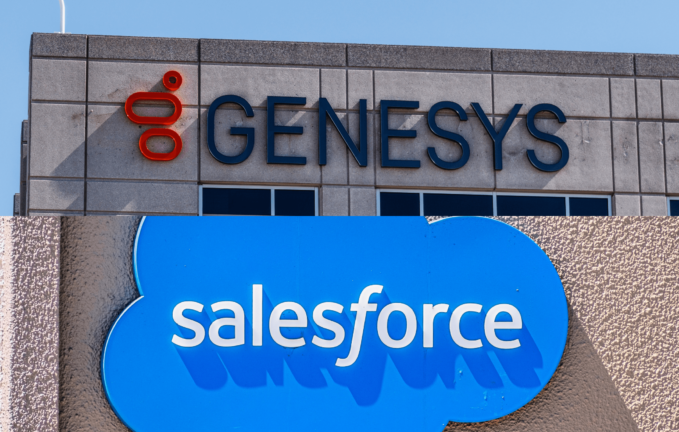Ad tech platform TripleLift and LiveRamp, have unveiled an integration of TripleLift Audiences and RampID, introducing a powerful solution for marketers seeking highly scalable and diverse first-party audience options. This move merges TripleLift Audiences, a source of first-party data from publishers, with RampID, LiveRamp's robust and privacy-focused connectivity identifier, eliminating the reliance on traditional tracking methods like cookies, IDFAs, IP addresses, or other device IDs.
The collaboration not only facilitates more accurate first-party targeting but also introduces TripleLift's Audience Matching and Expansion capability, enhancing scalability and providing versatile connectivity across the TripleLift exchange. Brands and agencies can leverage their own first-party data, enabling personalized and modeled strategies across diverse environments.
"First-party data has been proven to be superior to third-party cookies in performance and scalability. However, advertisers often struggle to combine their first-party data with data from other platforms to create targetable audiences in all browsers. Together with LiveRamp, TripleLift has created a bespoke, customizable, and easy-to-use experience to maximize the value of first-party data for both publishers and advertisers," said Airey Baringer, VP of Product Management at Triplelift.

Expanding the audience reach
Additionally, advertisers can now expand their audience reach while maintaining a high level of relevance, allowing them to share their LiveRamp audience segments with TripleLift. Subsequently, TripleLift leverages its technology to identify not only the specified audiences but also lookalikes based on first-party data from publishers. This is achieved by utilizing RampID and advanced AI, ensuring the accurate identification of highly relevant lookalike audiences.
The partnership introduces an innovative solution for targeting, particularly beneficial for performance advertisers aiming to reach a significant portion of the open web not served by cookies, including platforms like Safari, Firefox, and Edge. Traditional targeting methods like retargeting and lookalike modeling have relied heavily on cookies, which are anticipated to decrease by 70% in the open web by January 2025 due to third-party cookie deprecation.
With TripleLift Audiences and RampID, advertisers can utilize AI to generate lookalikes from their own first-party data, expanding their segments more extensively than ever before. This approach not only allows for a deeper understanding of existing audiences but also unveils potential audiences that may have been challenging to capture previously.
"Cookie deprecation aside, we're now entering a critical period where the ecosystem should be prioritizing their first-party data strategies, and LiveRamp prioritizes working closely with partners like TripleLift who are finding ways to enhance the value and connectivity of first-party data. The enhanced addressability and effectiveness from this LiveRamp and TripleLift integration will help marketers to continue maximizing the power of their first-party data, prepare to multiply the power of this data through data collaboration, and create scalable solutions that will help sustain their businesses in the post-cookie world," said Travis Clinger, SVP, Activations and Addressability, LiveRamp.
Speaking of advertisers, LiveRamp has expanded its partnership with Pinterest to enable advertisers to reach global audiences the Pinterest platform.









